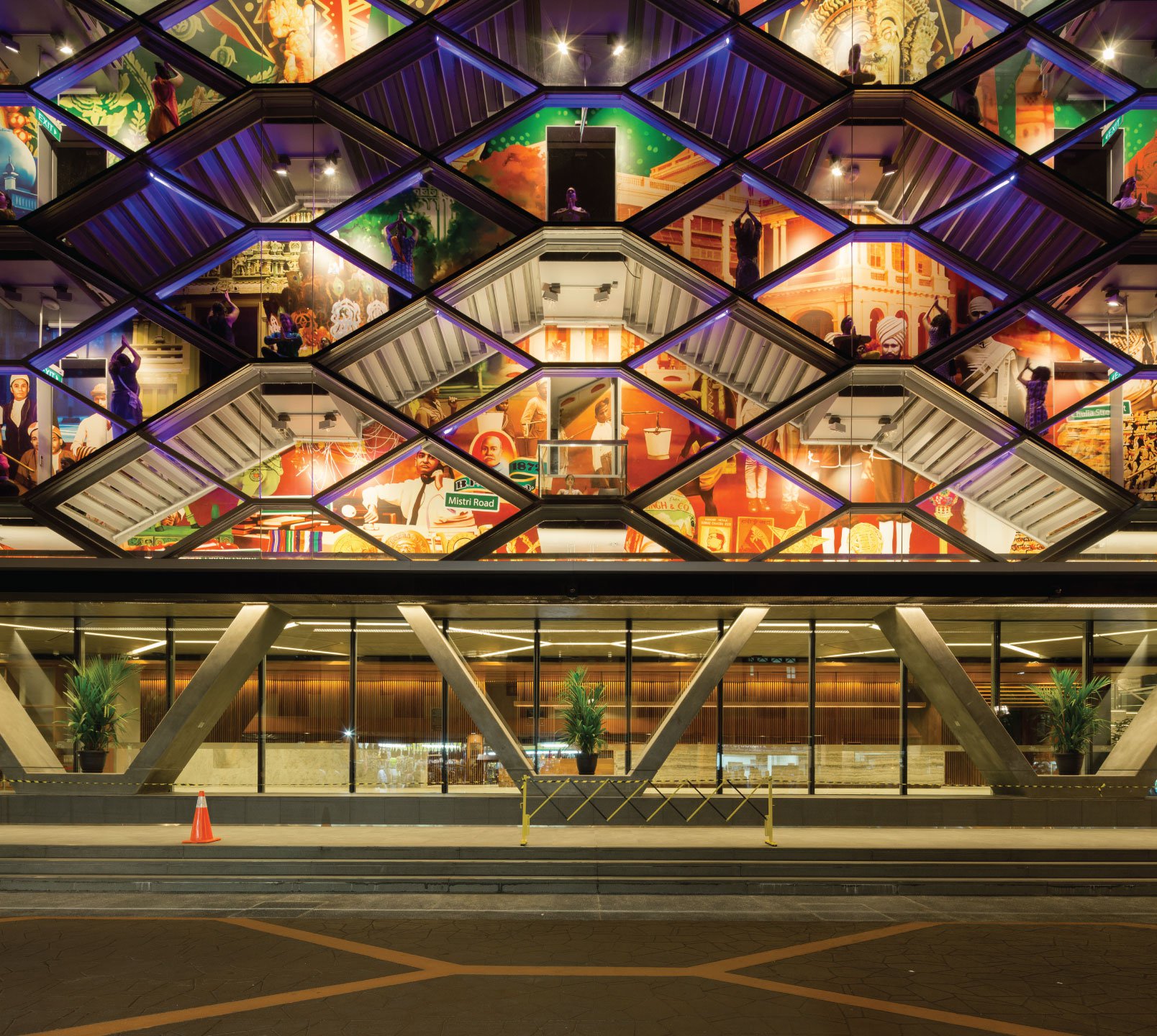Plant layout refers to the arrangement of equipment, tools, workstations, and other elements within a producing facility, industrial plant, or any workspace. The major purpose of plant structure is to design and manage the bodily surroundings in a way that optimizes productiveness, effectivity, security, and overall effectiveness. Here are the vital thing functions and aims of plant structure:
Optimizing Productivity: One of the first objectives of plant format is to maximise productivity by arranging workstations and tools in a logical and environment friendly sequence. An efficient format reduces pointless materials handling, minimizes bottlenecks, and ensures easy workflow.

Minimizing Material Handling: Plant layout aims to reduce the motion of supplies, merchandise, and components inside the facility. By lowering the distance and time required for material dealing with, it saves time and labor costs.
Improving Efficiency: An efficient plant structure minimizes idle time, ready time, and downtime. It ensures that gear and resources are utilized to their full potential, resulting in improved effectivity and output.
Click here for more : Safety is a vital consideration in plant structure design. The arrangement of equipment and gear should prioritize the safety of employees, minimizing the risk of accidents, collisions, and publicity to hazards.
Reducing Costs: A well-designed plant structure can lead to cost savings when it comes to labor, power, maintenance, and material dealing with. It can even help determine alternatives for value reduction and process enchancment.
Facilitating Quality Control: An organized plant layout makes it simpler to implement high quality management measures by ensuring that workstations and inspection points are strategically placed within the manufacturing process.
Flexibility and Adaptability: Plant layouts ought to enable for flexibility to accommodate changes in production volume, product mix, and technological developments. A flexible structure can adapt to evolving enterprise needs.
Optimizing Space Utilization: Effective use of obtainable space is a key consideration in plant structure. Efficient house utilization can result in price savings by decreasing the necessity for extra sq. footage or warehouse space.
Enhancing Communication and Collaboration: The layout can impression communication and collaboration amongst workers. An open and well-organized format can foster higher communication and teamwork.
Minimizing Environmental Impact: Plant layout design also can contribute to environmental sustainability by optimizing resource usage, decreasing waste, and minimizing vitality consumption.
Compliance with Regulations: Plant layouts should adhere to regulatory necessities and security standards, making certain that the facility operates inside authorized and ethical boundaries.
Improving Morale and Job Satisfaction: A well-designed plant format can contribute to a extra comfy and organized work setting, enhancing worker morale and job satisfaction.
Streamlining Maintenance: Easy access to equipment and machinery simplifies upkeep and restore duties. An organized structure can reduce downtime associated with upkeep activities.
In summary, plant format serves as a strategic device for companies and industries to optimize their operations and obtain varied targets, including productiveness enchancment, price discount, security enhancement, and useful resource effectivity. It is a dynamic process that must be periodically reviewed and adjusted to accommodate changing wants and technological advancements..
